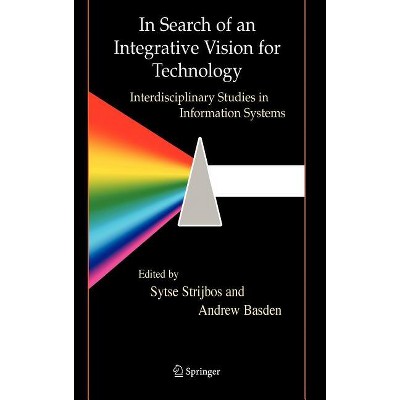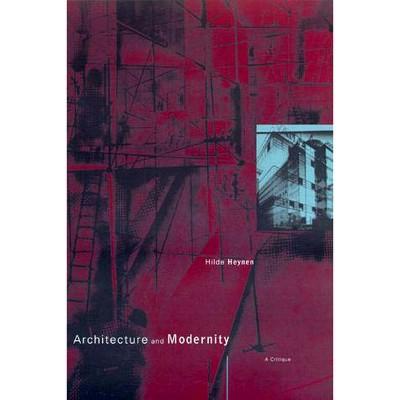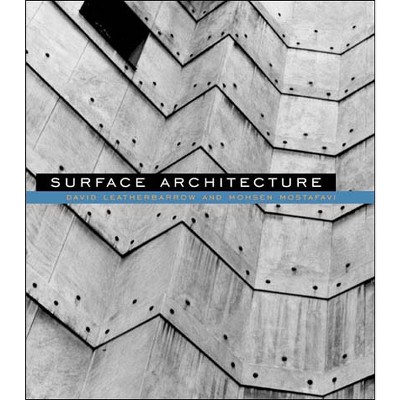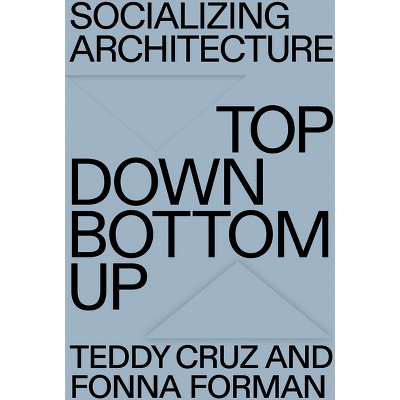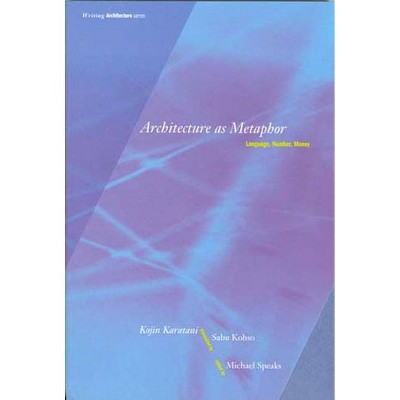Sponsored

Intentions in Architecture - by Christian Norberg-Schulz (Paperback)
In Stock
Sponsored
About this item
Highlights
- The chief focus of the book is on the symbolic and linguistic.
- Author(s): Christian Norberg-Schulz
- 294 Pages
- Architecture, Urban & Land Use Planning
Description
About the Book
The chief focus of the book is on the symbolic and linguistic. The purpose is to develop an integrated theory of architectural description and architectural intention (and this includes the intention of the user as well as that of the designer), insofar as architecture is an art.Book Synopsis
The chief focus of the book is on the symbolic and linguistic. The purpose is to develop an integrated theory of architectural description and architectural intention (and this includes the intention of the user as well as that of the designer), insofar as architecture is an art.Norberg-Schulz is a practicing architect; his buildings stand in several countries; and he elucidates the nature of architectural reality with a practiced eye and from a practical viewpoint. Although the methods and theory that his book develops are uncompromisingly rigorous and tightly formed, they are everywhere related to actual building, through specific examples and through the use of over 100 photographs. The structure that Norberg-Schulz has fashioned is surely one of the most impressive intellectual edifices that any architect has ever produced. The materials that are organically worked into it include Gestalt psychology, the mechanics of perception, information theory, modern analytic philosophy, and in particular, linguistic analysis, and the general theory of signs and symbols. The result, however, is not an eclectic hodge-podge; all these materials have their place and purpose; none is applied extraneously for "show" or purely decorative effect. And all this divergent material had to be joined according to plan within formal bounds in order to produce a theory with equally divergent applications: one that can treat not only of the aesthetics of architecture but equally well of its social, psychological, and cultural effects. The chief focus of the book is on the symbolic and linguistic. The purpose is to develop an integrated theory of architectural description and architectural intention (and this includes the intention of the user as well as that of the designer), insofar as architecture is an art.
Review Quotes
The book is the first serious attempt to outline a systematic and complete framework for the description of architecture. In 1911 Lethaby wrote that 'Modern builders need a classification of architectural factors irrespective of time and by essential variation. Some day we shall get a morphology of the art by some Linneaus or Darwin who shall start from the simplest cell and relate it to the most complex structures.' I claim that this book is that 'true classification.' Its mode, bred in the school of analytical philosophy, is unique for its precision of language and 'structural' method in a field long since abandoned to rhetoric and recipe.... I have called the method of this book 'structural' to convey the manner in which the argument is built up by similar kinds of 'joint' throughout the whole framework. This is the mark of an authority. But what is remarkable is the extraordinary breadth of interest over which the authority is maintained.'--Colin St. John Wilson, RIBA Journal--
The book's erudition and thoroughness are consistent with the scholarship of [Schulz's] Swiss forbears--Giedion, Woelfflin, and Burkhardt. Since it is founded on modern science and the doctrine of symbolic form, it builds a place for architecture in a modern philosophical landscape. Its scope is thus even wider than that of Giedion's work.
--Nathan Silver, Progressive Architecture--



